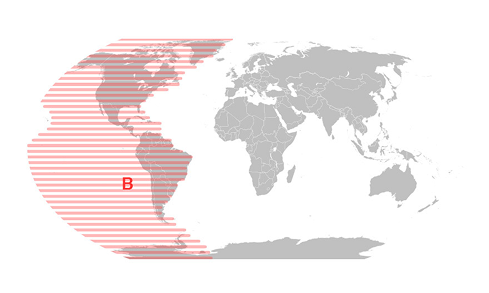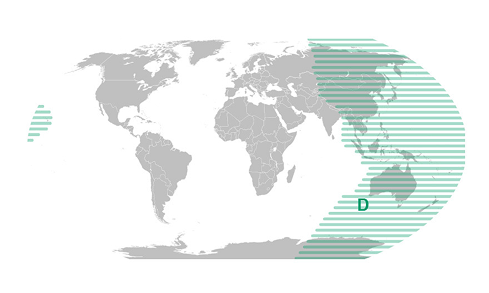The Science Behind Your Child's Behavior
It's true. From the moment they're born, children have a biological need for their parents to stay close and protect them. As renowned child psychologist Donald Winnicott wisely observed, "There is no such thing as a baby, there's always a baby and someone." Your child is hardwired to connect with you and is constantly studying you, learning the best ways to keep you close.
This isn't manipulation or calculation in the way adults might think of it. Instead, it's a sophisticated survival system that has evolved over thousands of years. Your child's brain is designed to maintain connection with you at all costs because, from an evolutionary perspective, separation from caregivers meant danger or even death.
Think about it this way: your child's attachment system is like a sophisticated radar, always scanning the environment and your responses to determine the best strategy for staying connected to you. They become experts at reading your facial expressions, your tone of voice, and your body language to understand what behaviors keep you engaged and available.
When Connection Strategies Go Sideways
But what happens when your child discovers that expressing some of their needs on the Circle of Security makes you uncomfortable? Perhaps they notice that when they're sad, you seem overwhelmed. Or maybe they've learned that when they show anger, you become distant or frustrated. Their fundamental need for you doesn't disappear; instead, your child simply finds different ways to ask for what they desperately require.
So yes, your child might be telling you to go away because they've learned that creating conflict or pushing boundaries is actually the most reliable way to keep you close and engaged. Even negative attention feels safer than no attention at all.
Consider this common scenario: Your five-year-old has had a difficult day at school. They come home and immediately start acting out—throwing toys, refusing to cooperate, or telling you they "hate" you. Your natural response might be to feel frustrated or hurt. But what if this behavior is actually your child's way of saying, "I had a hard day, and I need you to show me that you're not going anywhere, no matter what"?
Reading Your Child's Real Message
This is where understanding the Circle of Security changes everything. Those confusing behaviors aren't about rejection, defiance, or manipulation. They're your child's attempt to maintain connection with you through the only methods they believe will work.
Every tantrum, every "go away," every confusing reaction may actually be in the service of attachment. Why? Because you are that important to them. Your child needs you, and they need you absolutely.
When we begin to see challenging behaviors through this lens, we can start to decode the real messages our children are sending:
- "Go away!" might really mean "Please show me you won't actually leave."
- Aggressive behavior might translate to "I need to know you can handle all of me."
- Withdrawal might actually be saying "I need you to pursue me gently."
- Defiance could mean "I need to test whether you'll still love me when I'm difficult."
The Circle of Security Difference
The Circle of Security offers a different way to read your child's behavior. Instead of seeing problems to fix, you'll recognize the attachment needs behind the behavior. You'll discover that even the most challenging moments may be your child's way of saying, "I need you. Please don't give up on me."
This framework helps us understand that children move around the Circle, sometimes needing us to provide a safe haven when they're distressed, and other times needing us to be a secure base from which they can explore the world. When children feel uncertain about whether their needs will be met, they may develop strategies that seem counterintuitive but make perfect sense when viewed through the lens of attachment.
Building Stronger Connections
And here's something that's true for all close relationships: when we understand that connection is always the goal, everything shifts. We become equipped to respond in ways that strengthen our bonds rather than strain them.
The next time your child tells you to go away, try seeing it as an invitation to come closer. Behind those words is a child who needs to know that you're strong enough to handle their big feelings, patient enough to see through their defenses, and loving enough to stay connected no matter what.
The Circle of Security provides parents with a deeper understanding of these complex dynamics, offering insight into the attachment needs that drive even the most challenging behaviors and honoring the profound human capacity for connection and growth.








